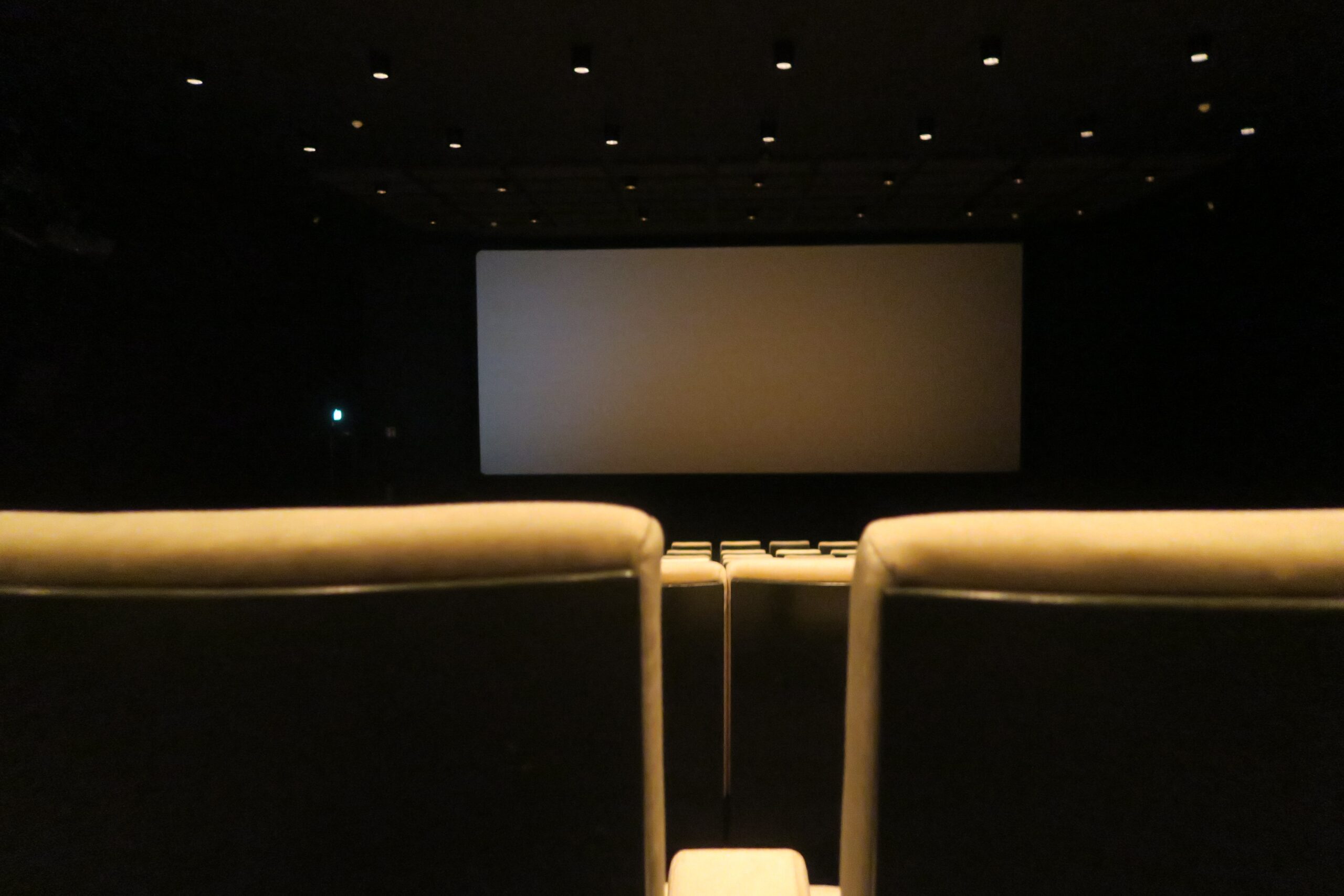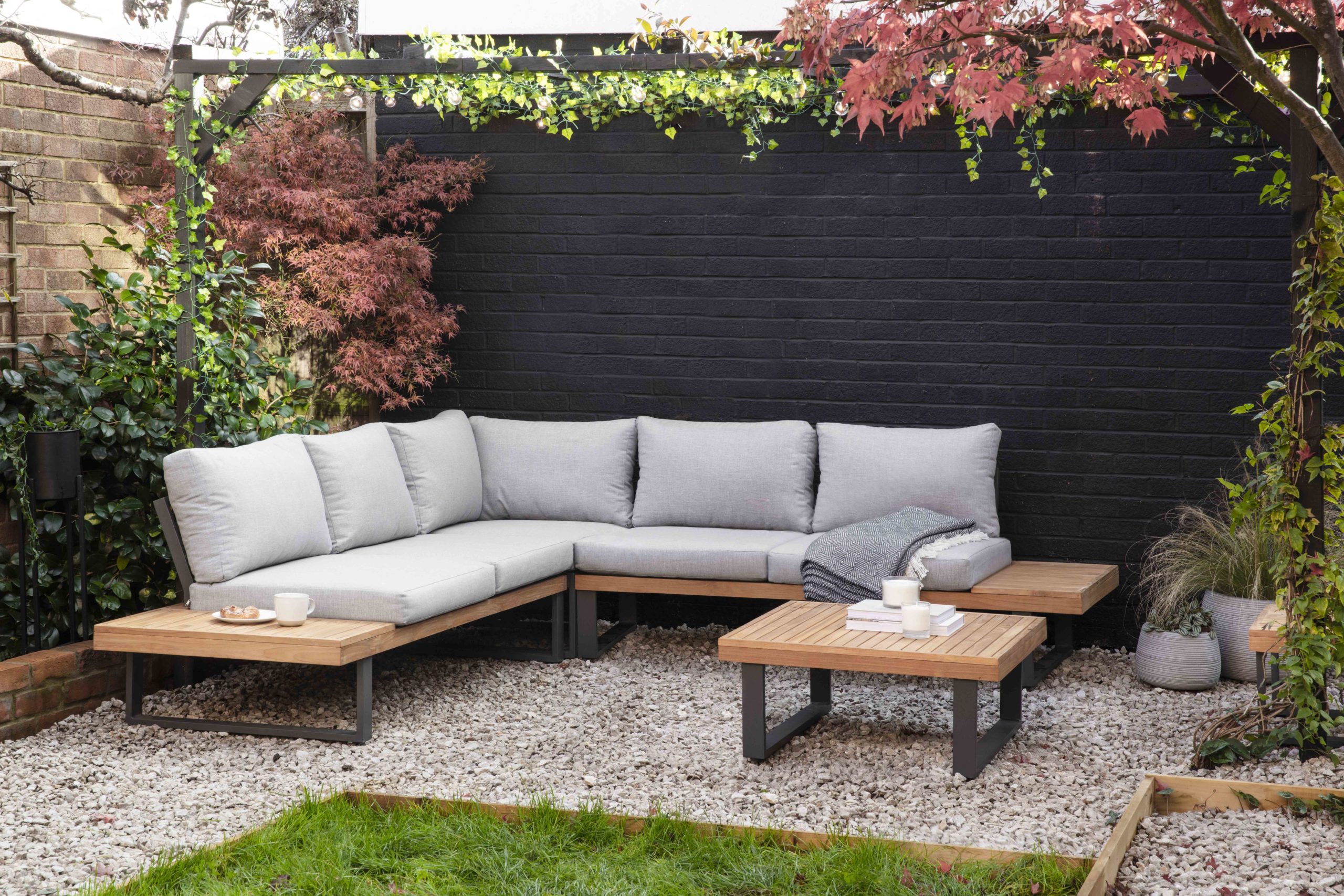The idea of being able to walk just a few steps into a dedicated cinema room within your home’s walls sounds incredibly exciting, especially right now. After all, we are all still waiting to get the option of leaving the house for a cinema trip! Building your own home cinema isn’t as hard as you might think, either.
Your loft, with its abundant darkness, could be an especially good place for you to fit out that cinema room – so, how should you go about doing so?
Decide how large a screen you should go for
There are plenty of TVs you could consider, including OLED, 4K and smart models – and slimline TVs can easily be mounted onto walls.
However, for an especially immersive effect, you should probably invest in a screen larger than 100 inches – in which case, a projector is the only way to go.
Get the acoustics right
The trick here is to ensure the cinema room’s surfaces will absorb, rather than reflect or transmit, the sound that emanates from the speakers. While you could cover the walls with lightweight acoustic boards and carpet tiles and affix acoustic tiles to the ceiling, you should consider adding a new layer of insulation, too.
When it comes to creating enough space for that insulation beneath the floorboards, keep in mind that Instaloft provides a great loft boarding service available to many UK households.
Choose the right surround sound technology
Surround sound is indispensable for any respectable home cinema, but ensuring high-quality surround sound is about more than just strategically positioning speakers in different parts of the room.
It also entails choosing the right surround sound standard. Most cinema rooms use 5.1 surround sound, including five satellite speakers and one subwoofer – and this setup is recommended if your budget is tight.
What should the room look like?
You should think about this at an early stage so that you can consider, for example, how to conceal much of the technology – including the speakers and cabling – that would otherwise blight the room’s aesthetic.
Now, “concealing” speakers doesn’t have to mean applying a skim coat of plaster over them; you could instead, for example, colour-match those units to the walls or vice versa.
Furnish your cinema room in a creative way
Make room for spacious and supportive armchairs you can anticipate being able to comfortably sit in for hours. It’s your decision whether you arrange those armchairs in rows for a formal look or leave those seats dotted around the room in relatively informal groupings.
Budget for your home cinema project carefully
The cost of a home cinema will depend on its scale. Real Homes says that £2,000 to £3,000 can suffice for “a basic room with a good TV, A/V receiver, speakers and control.” However, The Sun reports that one family recently created a cinema room costing just £880 overall.
At the other end of the scale, you could end up spending hundreds of thousands – potentially starting with a top-end projector priced at £100,000 or higher.
Nb. Collaborative post.





Leave a Comment